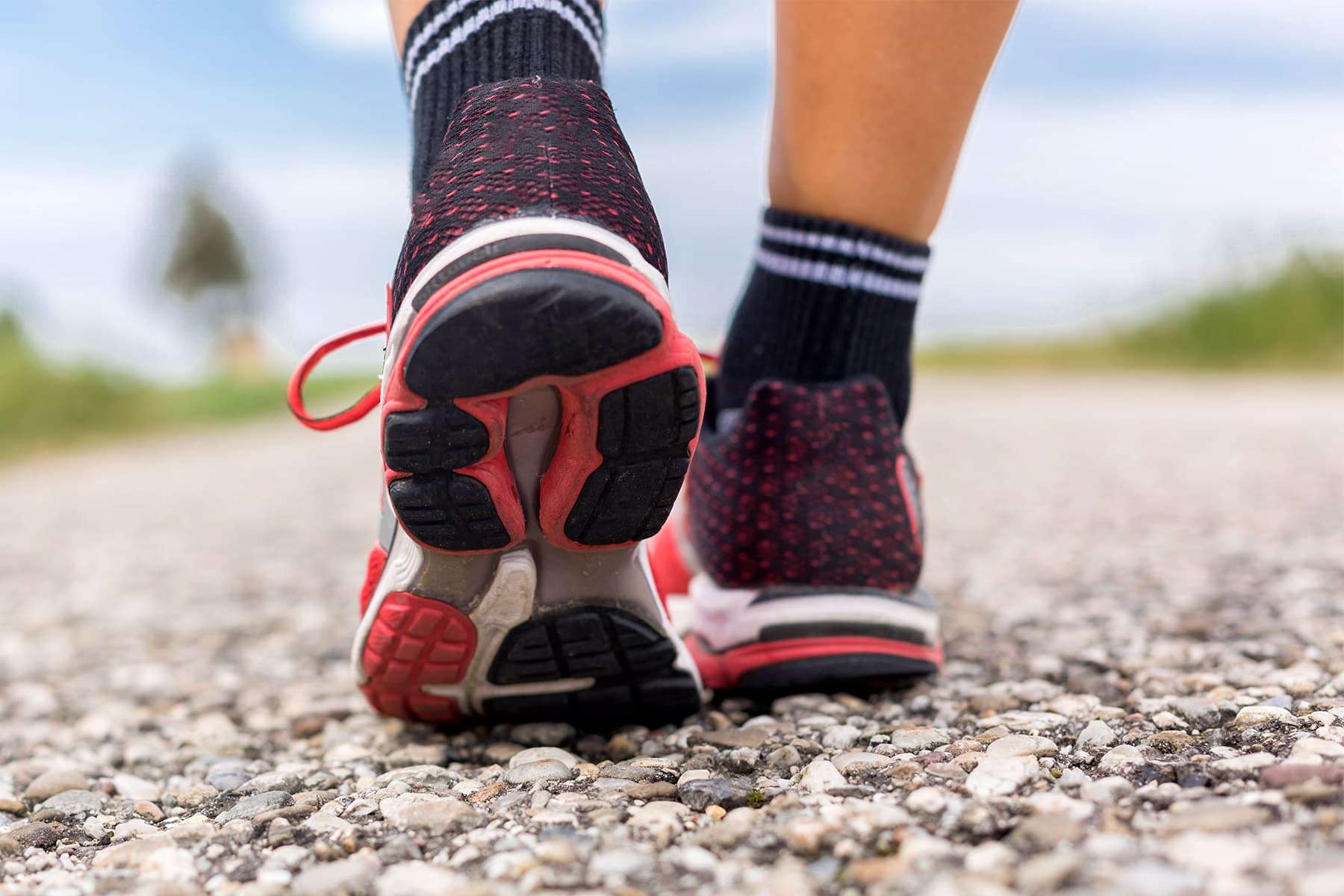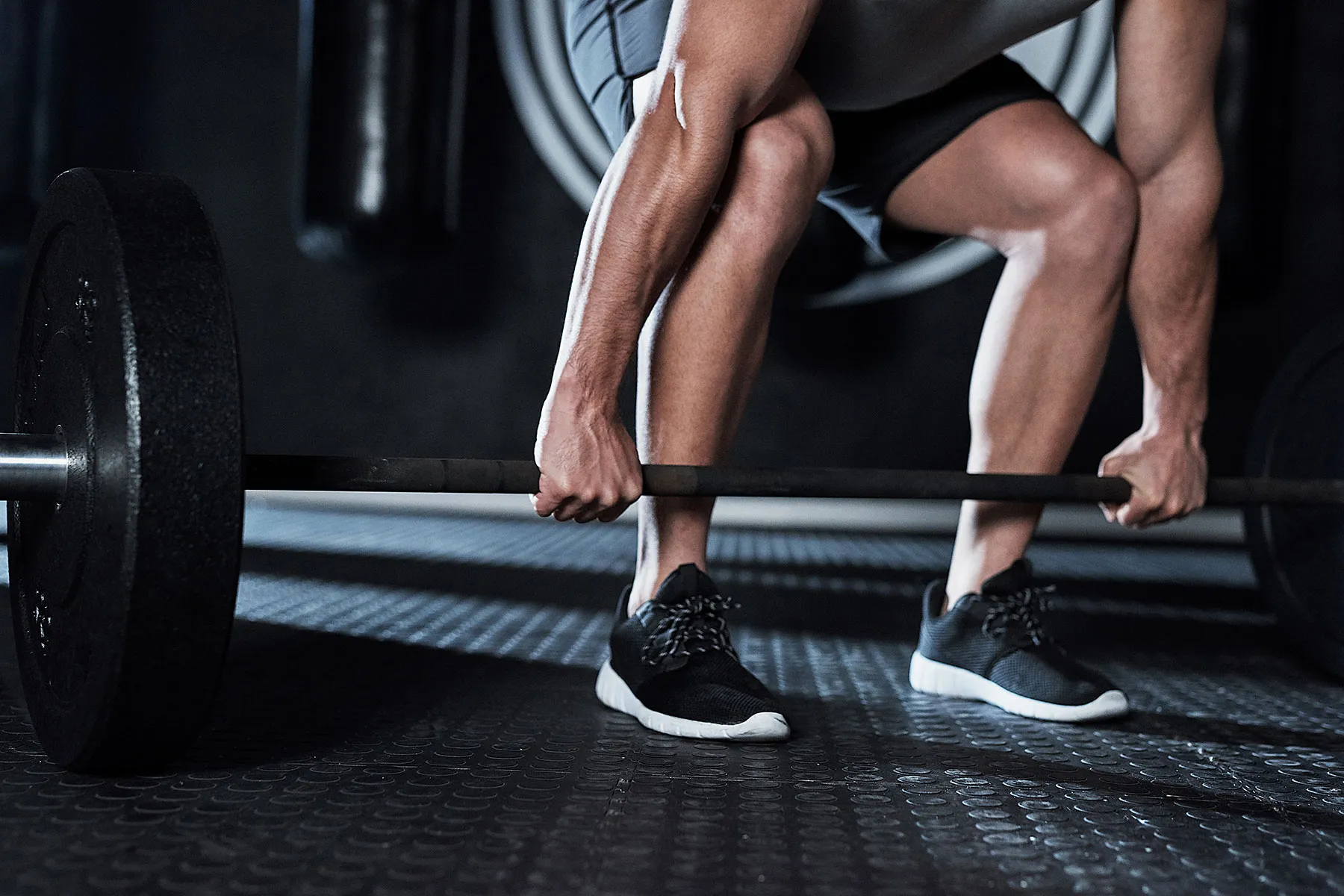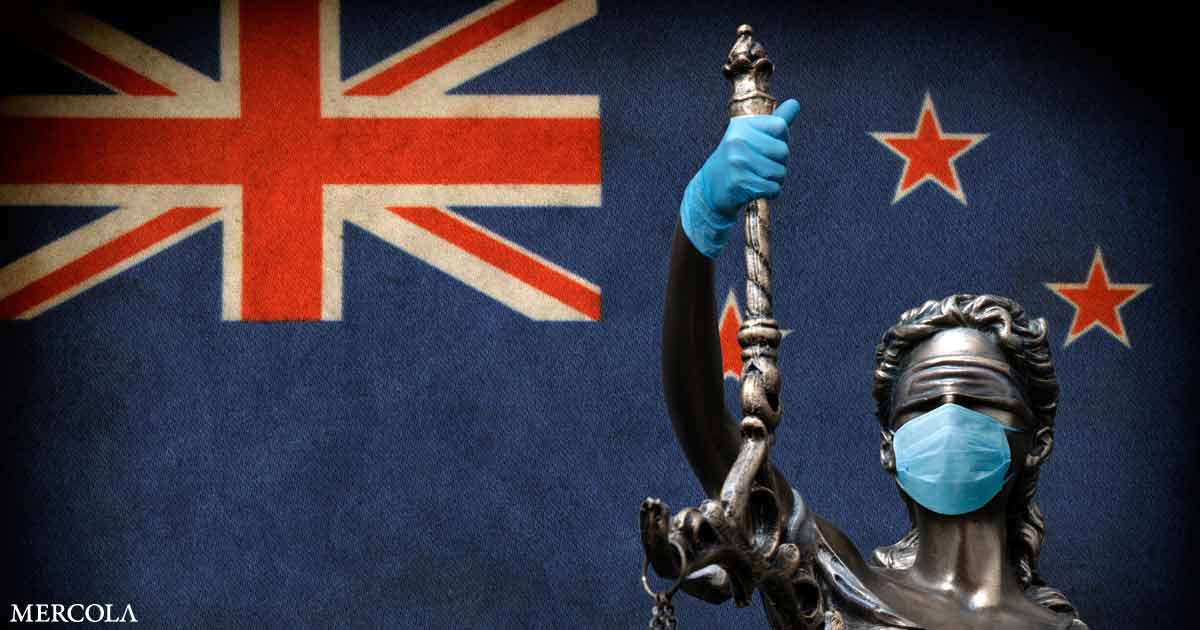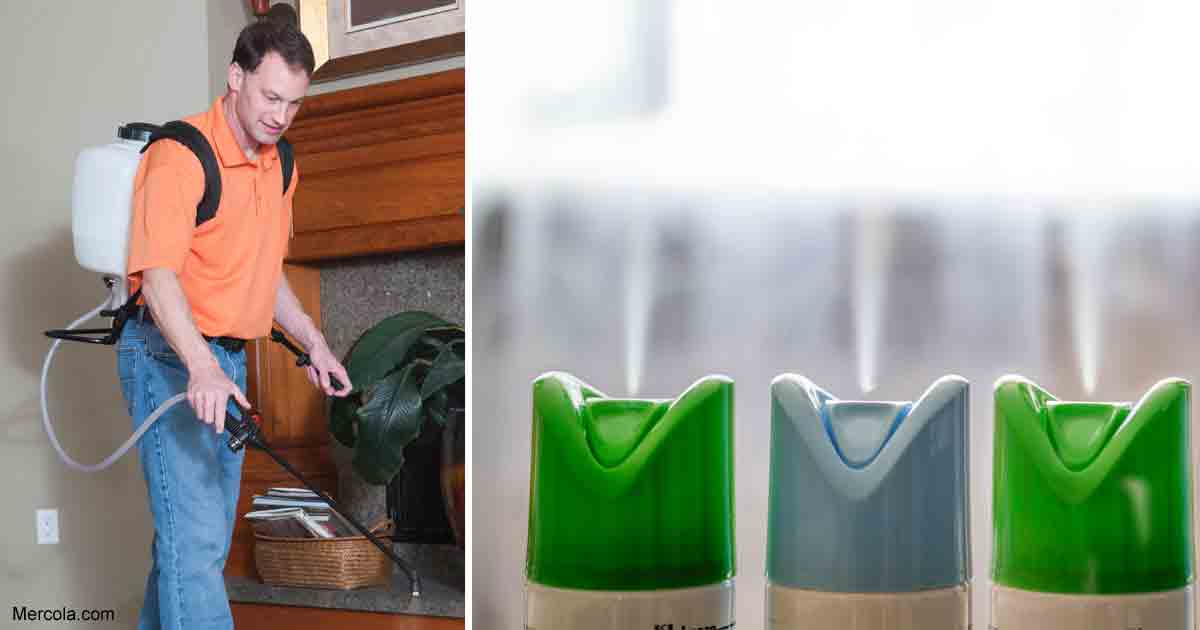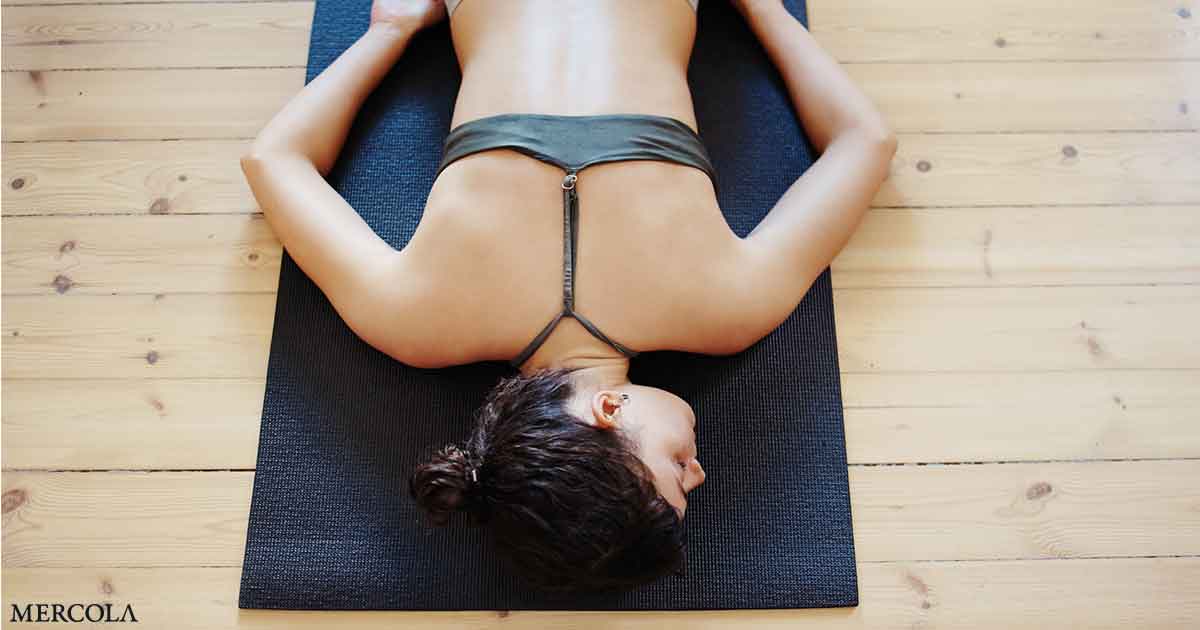
[ad_1]
This article was previously published May 7, 2020, and has been updated with new information.
Lying in the prone (face down) position, in which your chest is down and your back is up, could be a simple way to improve outcomes in cases of severe respiratory distress. This topic has received renewed attention during the COVID-19 pandemic, as invasive mechanical ventilation is conventionally delivered with the patient in the supine (face up) position, which refers to lying on your back.
“Mechanical ventilation is the main supportive treatment for critically ill patients” infected with novel coronavirus 2019 (COVID-19), according to a February 2020 study published in The Lancet Respiratory Medicine.1 However, reports suggest that many COVID-19 patients put on ventilators don’t make it.
In a JAMA study that included 5,700 patients hospitalized with COVID-19 in the New York City area between March 1, 2020, and April 4, 2020, mortality rates for those who received mechanical ventilation ranged from 76.4% to 97.2%, depending on age.2 There are many reasons why those on ventilators have a high risk of mortality, including being more severely ill to begin with.
However, given the poor outcomes, some physicians are now trying to keep patients off ventilators as much as possible by using alternative measures, including having patients lie on their stomachs (prone) to allow for better lung aeration.3
It’s also possible that prone ventilation, which is ventilation delivered with the patient lying in the prone position, may help patients who aren’t responding to conventional ventilation in the supine position,4 as well as reduce mortality in those with acute respiratory distress syndrome (ARDS).5
Prone Positioning Lowers Death Rate in Those With ARDS
ARDS is a lung condition that causes low blood oxygen and fluid buildup in the lungs. As fluid builds up in the lungs and surfactant, which helps the lungs fully expand, breaks down, the lungs are unable to properly fill with air.6 A person with ARDS will have shortness of breath, which can progress to low blood oxygen, rapid breathing and rattling sounds in the lungs when breathing.
ARDS is a common complication among seriously ill COVID-19 patients, with one study suggesting that 100% of COVID-19 patients who died in one study were suffering from ARDS.7
In 2013, a study published in The New England Journal of Medicine found that early application of prone positioning may improve outcomes in people with severe ARDS.8 During the study, 466 patients with severe ARDS were randomly assigned to receive prone-positioning sessions of at least 16 hours or to stay in the supine position.
After 28 days, 32.8% in the supine group had died, compared to 16% in the prone group. After 90 days, the supine group had a mortality rate of 41%, compared to 23.6% in the prone group, with researchers concluding, “In patients with severe ARDS, early application of prolonged prone-positioning sessions significantly decreased 28-day and 90-day mortality.”9
Not only have previous studies found that oxygenation is significantly better among patients in the prone position compared to the supine position, but prone positioning may also prevent ventilator-induced lung injury.10
Why Prone Positioning Benefits ARDS Patients
In the video above, Jonathan Downham, an advanced critical care practitioner in the U.K., explains why prone positioning can be so beneficial for those with ARDS. Using a simple example of a sponge filled with fluid, he shows how the direction of drainage changes depending on the sponge’s position.
In ARDS, the lung’s air sacs, or alveoli, become damaged. Fluid leaks through the air sacs’ damaged walls and collects.11 Fluid in the lung will increase its weight, which then squeezes out the gas from the dependent regions. If the sponge represents a fluid-filled lung, in the supine position the dependent regions are at the back of the lung.
While the fluid in an ARDS patient’s lung is more evenly distributed than the sponge model suggests, it helps to show how the increased lung mass squeezes out the gas of the gravity-dependent lung regions, and why the lung densities shift when moving from the supine to the prone position.
According to Downham, this shift can occur in a matter of minutes after changing a person’s position. Differences in shape of the lungs and chest wall also come into play. Lungs are normally conical, with the dependent side being the base and the non-dependent side being the apex. When supine, your lung is in this configuration.
The chest wall, however, has a cylindrical shape, and because of this difference the lung must expand its upper regions more than the lower regions, which leads to a greater expansion of the nondependent alveoli and a lesser expansion of the dependent alveoli.
Imagining that the lung is like a slinky, Downham then shows how, when a patient is in the prone position, the weight becomes much more evenly distributed, allowing for better ventilation.
Taken together, when in the supine position, gravitational forces, increased pressure from the wet lung and shape-matching issues all combine to act in the same direction to have a detrimental effect on the dependent alveoli. The prone patient, however, suffers less from these effects. Other benefits also occur with prone positioning, including:
- Removing some of the weight of the heart from the dependent lung12
- Rapid, significant and persistent improvement in oxygenation in the ARDS patient with heart failure
- Removing some of the weight of the abdominal contents from the better ventilated posterior aspect of the lung13
Prone positioning can also help with stress and strain on the lung, with stress referring to the tension in the fibrous skeleton when distending force is applied and strain being the volume increase caused by the applied force relative to the resting volume of the lungs. It also reduces lung inflammation in ARDS patients14 and may reduce the severity and the extent of lung injury caused by mechanical ventilation.15
Support for Early Use of Prone Positioning
Increasing research suggests that prone positioning should be used “systematically” in the early management of severe ARDS, and not reserved as a “rescue maneuver or a last-ditch effort.”16 As noted by a pathophysiology-based review published in the World Journal of Critical Care Medicine:
“Current evidence strongly supports that prone positioning has beneficial effects on gas exchange, respiratory mechanics, lung protection and hemodynamics as it redistributes transpulmonary pressure, stress and strain throughout the lung and unloads the right ventricle.”17
The researchers suggested that prone positioning seemed to be beneficial in most cases of ARDS and recommended that “early use of prolonged prone positioning in conjunction with lung-protective strategies decreases mortality significantly.”18 For best results, other researchers have suggested that prone ventilation sessions should last 12 to 18 hours per session and should be begun early, within 36 hours of diagnosis.19
A small study of patients with severe COVID-19-related ARDS who required mechanical ventilation in Wuhan, China, also revealed that lying in the prone position for 24-hour periods was better for the lungs.20,21 Unfortunately, despite the many potential benefits, prone positioning remains an underused technique. One study suggested that only 13.7% of patients with ARDS, and 32.9% of patients with severe ARDS, were placed in the prone position.22
Awake Proning Is Also Beneficial
Much of the research into prone positioning for respiratory distress has focused on its use during mechanical ventilation. However, at least one study has been planned to determine whether the use of prone positioning in awake self-ventilating patients with COVID-19-induced ARDS could improve gas exchange and reduce the need for invasive mechanical ventilation.23
Previous research also suggests that awake, spontaneously breathing patients who are not intubated can also benefit from prone positioning, which leads to improved oxygenation.24 Another study of care involving critically ill COVID-19 patients in China’s Jiangsu Province recommended the use of awake prone positioning, which, the researchers noted, “showed significant effects in improving oxygenation and pulmonary heterogeneity.”25
It’s also been suggested that the physiological changes that occur with prone positioning may be even more favorable in spontaneously breathing patients than in those who are intubated.
A 2003 study found, in fact, that the prone position led to a rapid increase in partial pressure of oxygen, or PaO2, which is a measure of how well oxygen moves from the lungs to the blood, among patients with respiratory failure.26 All of the patients in the study were able to avoid mechanical ventilation.
In the case of COVID-19, some experts suggest that all patients who are awake and able to adjust their own position should use the prone position for two- to four-hour sessions, two to four times a day:
How to Use Prone Positioning at Home
Some hospitals have also released instructions for self-proning, which can be used at home for people with cough or trouble breathing. If you’re struggling to breathe, you should seek emergency medical care. However, in cases of cough or mild shortness of breath being treated at home, guidelines from Elmhurst Hospital recommend not spending a lot of time lying flat on your back.27,28
Instead, it suggests “laying [sic] on your stomach and in different positions will help your body to get air into all areas of your lung.” The guidelines recommend changing your position every 30 minutes to two hours, including:
- Lying on your belly
- Lying on your right side
- Sitting up
- Lying on your left side
This is a simple way to potentially help ease breathing difficulties at home and, if you or a loved one is hospitalized, can be used there too. If your health care providers don’t suggest it, ask whether prone positioning could help.
[ad_2]
Source link

